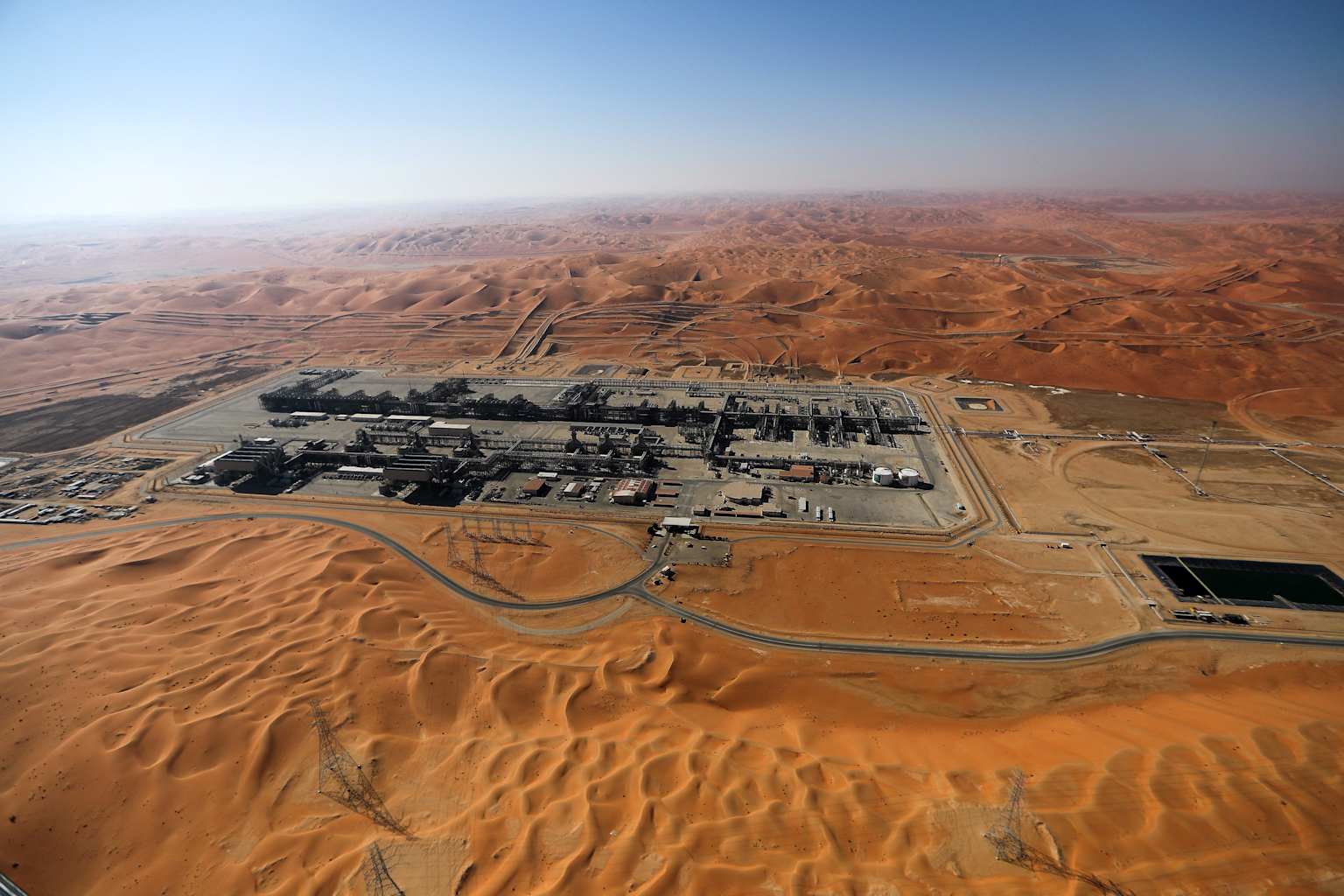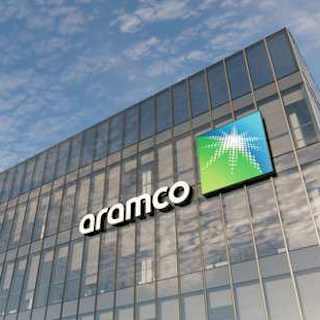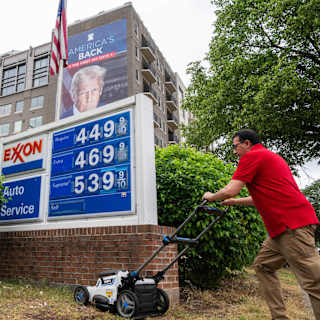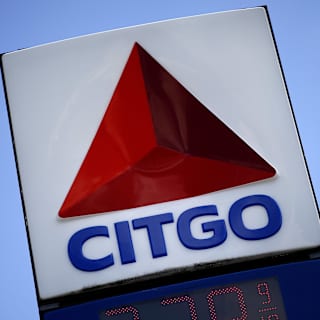- Price Hike Exceeds Forecasts
- Summer Demand Drives Strategy
- Market Response and Broader Context
Saudi Aramco defied market expectations Sunday by raising its August crude oil prices for Asian buyers by $1 per barrel, setting the official selling price for its flagship Arab Light grade at $2.20 above regional benchmarks. The increase came just one day after OPEC+ members agreed to accelerate production increases, adding 548,000 barrels per day in August—exceeding the 411,000 barrels per day the market anticipated.

The state-owned oil giant's decision to raise Arab Light crude prices to their highest level in four months surprised traders and refiners who had expected a more modest increase of 50 to 80 cents per barrel, according to a Reuters survey12. The August pricing represents the steepest premium since April, when Arab Light traded at $3.50 above the Oman/Dubai average3.
Saudi Aramco also increased prices for European buyers, raising all crude grades sold to Northwest Europe and Mediterranean refiners by $1.40 per barrel1. The company lifted prices for other grades destined for Asia as well, with Arab Extra Light rising $1.30 per barrel and Arab Heavy climbing $0.903.
The pricing decision reflects anticipated higher domestic crude consumption in Saudi Arabia to meet peak summer electricity demand, which limits available export volumes12. "The prices reflect higher crude demand in Saudi Arabia to meet peak summer power demand while buying appetite from Chinese refineries is strong as some of them lifted less volumes in previous months," two refining sources in Asia told Reuters3.
Analysts expect Saudi Arabia to burn more crude oil this summer for power generation, further constraining exports12. Meanwhile, Chinese refineries are showing renewed purchasing interest after reducing volumes in previous months, according to industry sources3.
Oil prices rallied Monday following the announcement, with West Texas Intermediate crude climbing over 1 percent to settle just under $68 per barrel1. The price increase helped offset concerns about potential oversupply from the accelerated OPEC+ production increases.
According to Ole Hansen, head of commodity strategy at Saxo Bank, the decision to raise prices during peak summer demand "suggests that physical markets remain tight" and indicates "the additional barrels can be absorbed, at least for the time being"1. The move signals confidence in market fundamentals despite the production increases that will restore 2.2 million barrels per day by September 20262.



